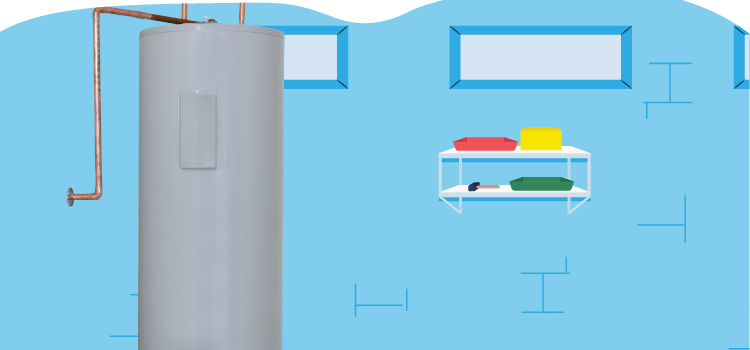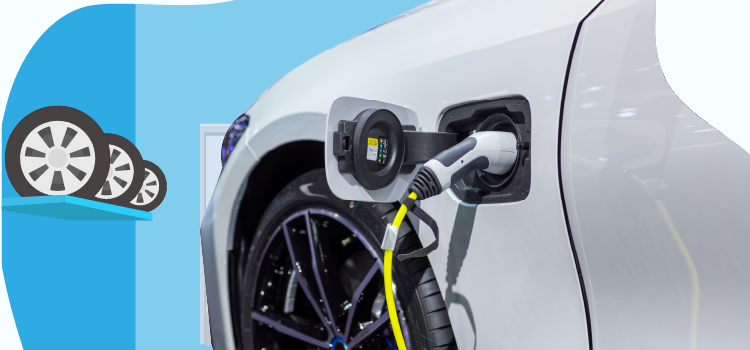Better Earth-FriendlyUnlimitedFixed-Rate
Energy Solutions
Better Energy Solutions for Your Home
Enter your address to view plans available for your home:
Existing Customer? Log In Here | Illinois Resident? View Plans Here
Proudly serving residents in Ohio, Illinois, Pennsylvania, Michigan, and Indiana.
Easy Energy Plans Tailored to Your Lifestyle
Choose Santanna for easier convenience and more value!
Easy Energy Solutions for Your Home. More Peace of Mind.

Why Santanna Energy?
Your peace of mind is our priority #1.
Read our Blog
Stay current with Santanna energy news & home energy tips!
Over 500,000 Customers Served – Near Perfect Reviews
Easy Energy Solutions for Your Home. More Peace of Mind.
See why people are switching to Santanna Energy for better electricity & natural gas plans!










